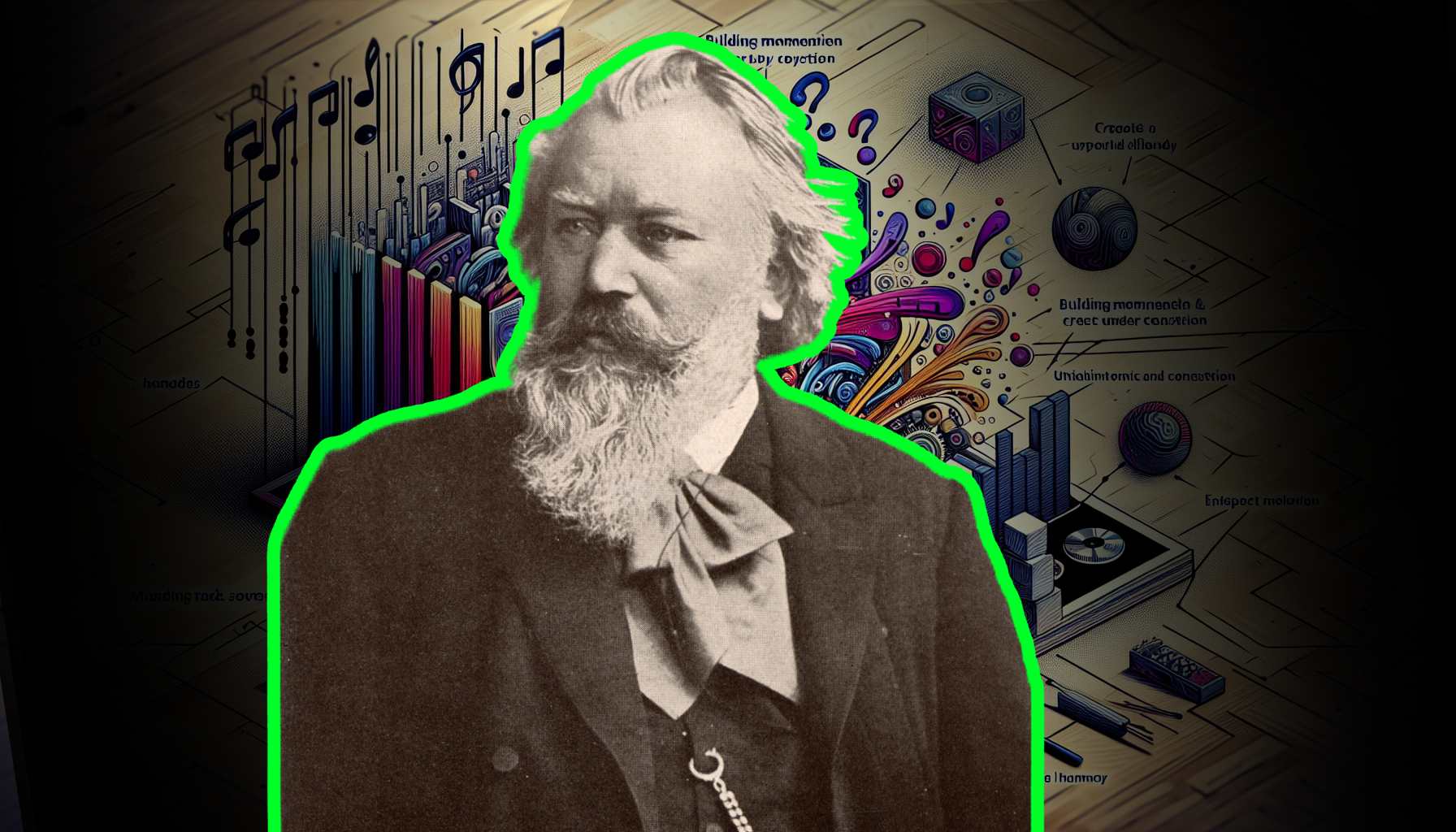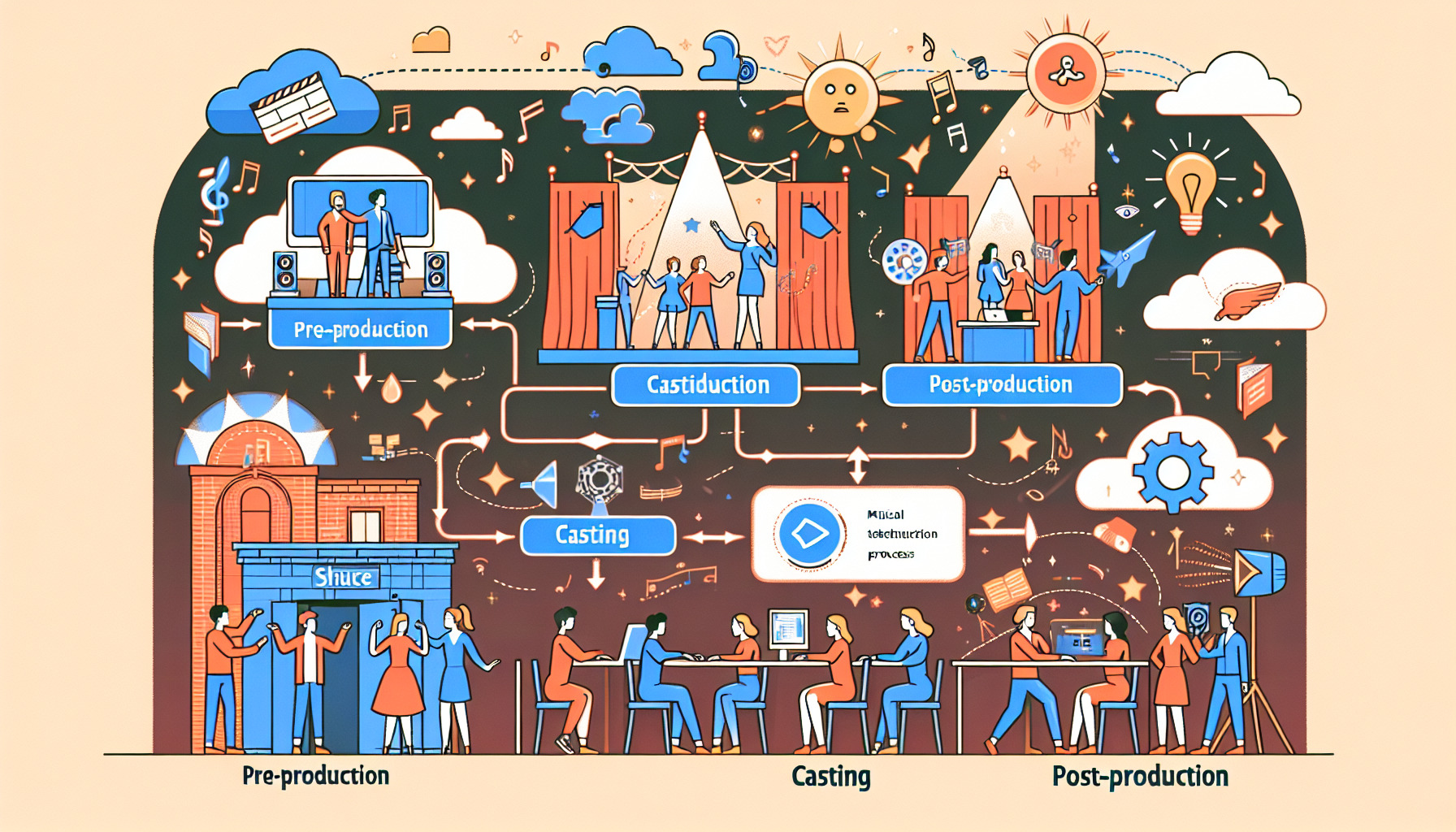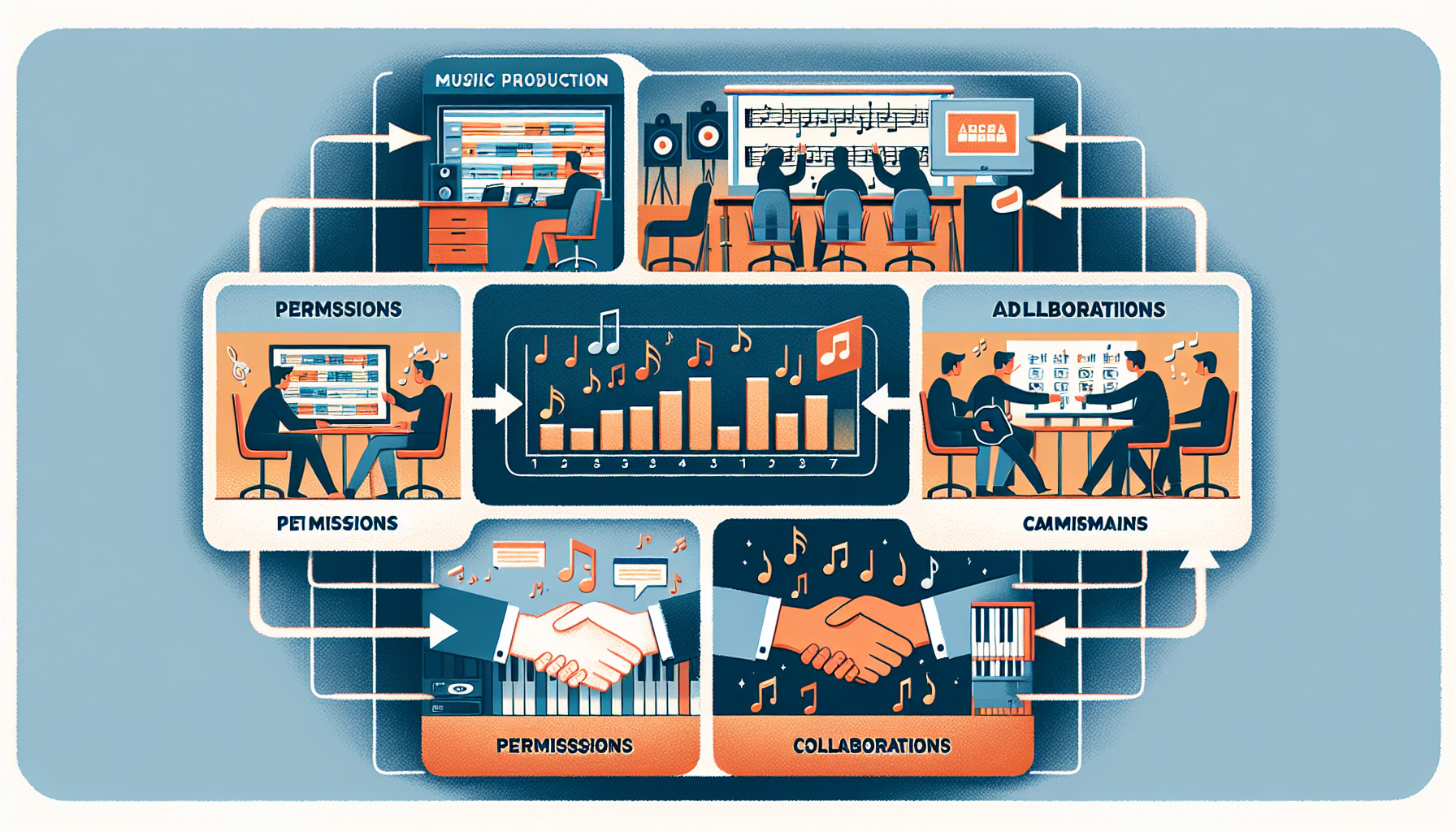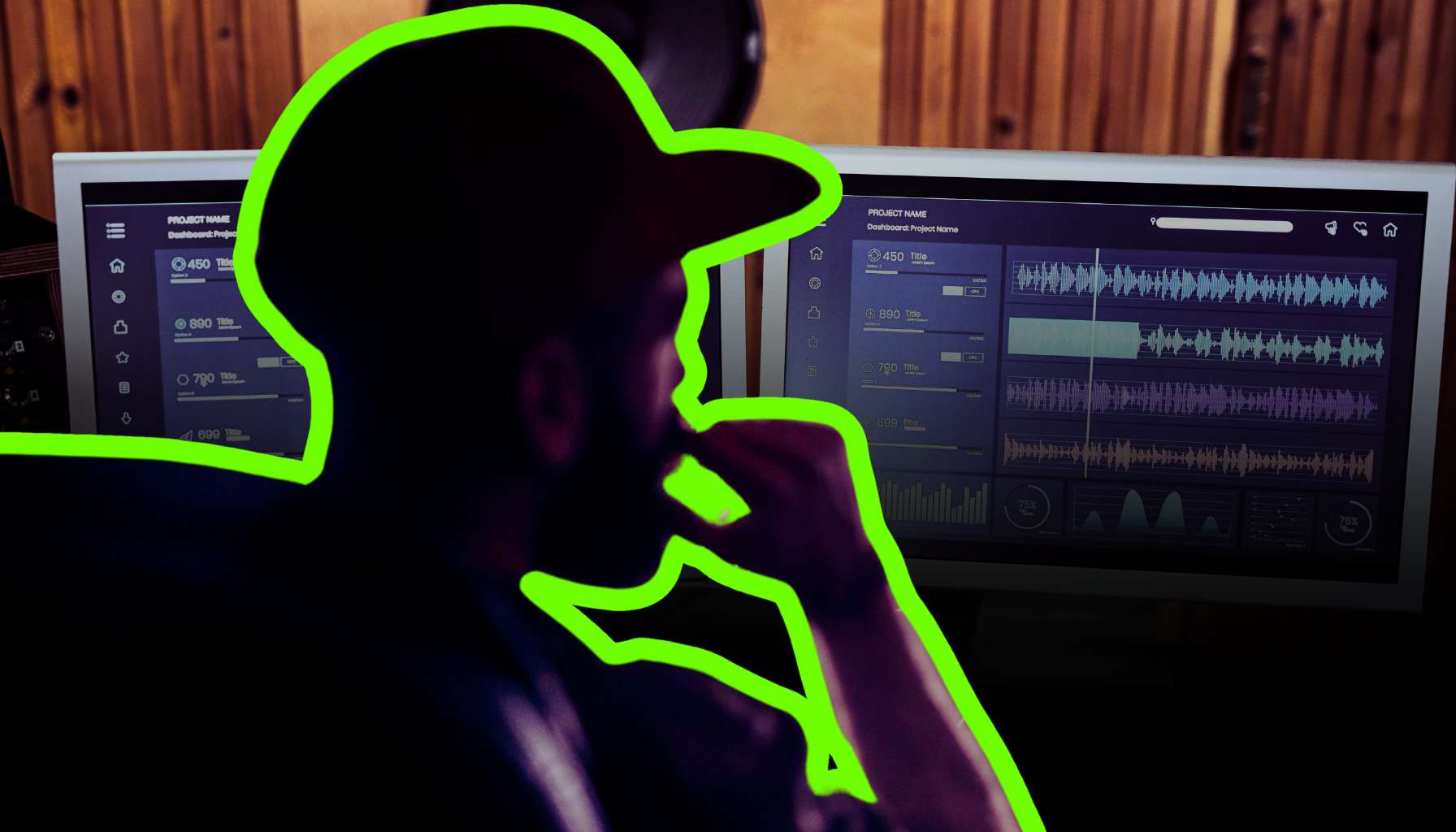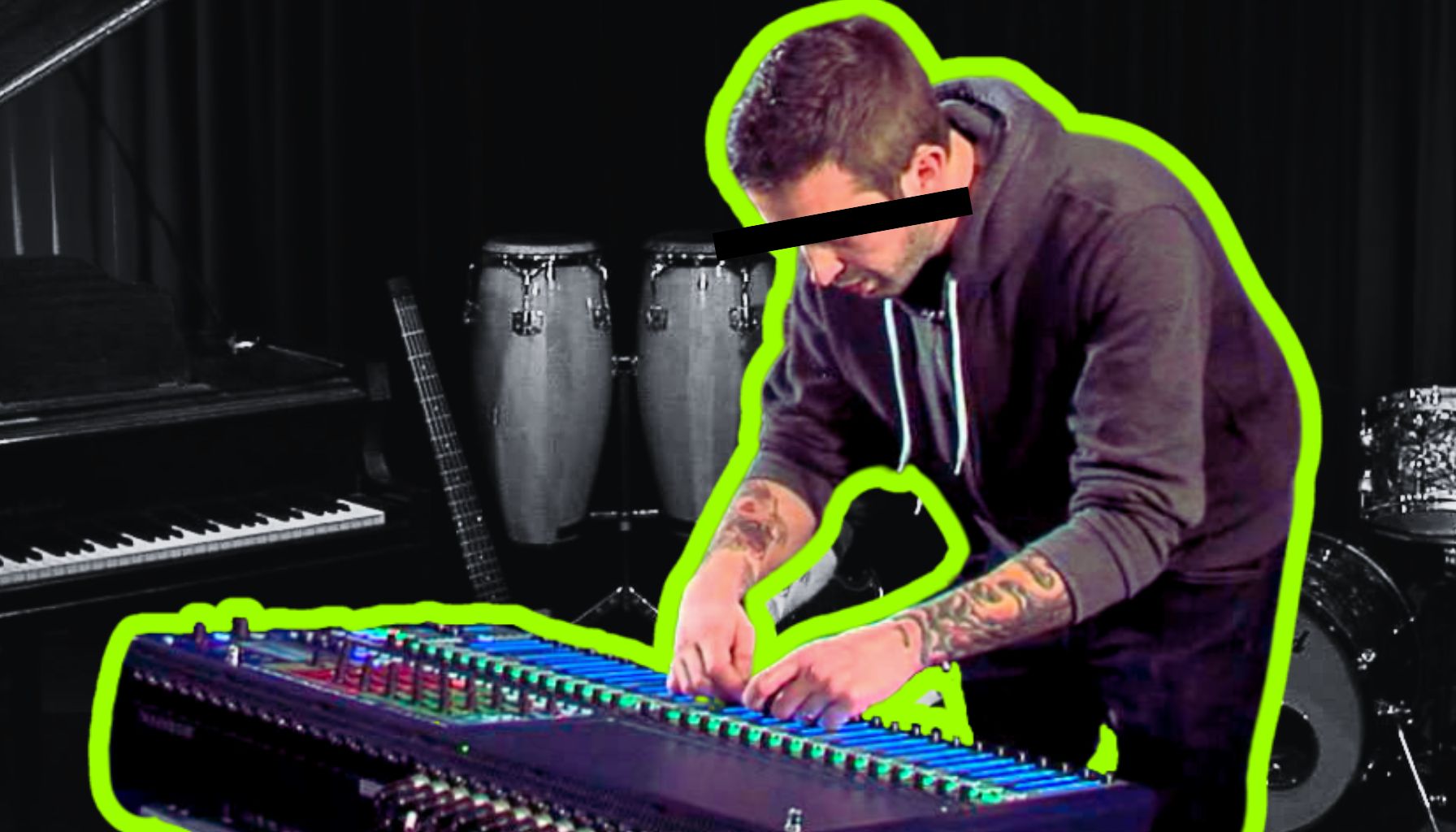Rhythmic Innovation in Modern Composition
Beyond harmony, rhythm has claimed a new frontier in modern composition, challenging the time-honored time signatures with the audaciousness of polyrhythms and cross-rhythms. Imagine compositions as intricate dances of diverse timepieces—each clock ticking to its own unique tempo, creating a rich tapestry of moments that reflect a non-linear perception of time.
Mixed Meters and Asymmetrical Time Signatures
The metronome has been tossed aside as some composers now embrace the unpredictable nature of mixed meters and asymmetrical time signatures. No longer confined to the predictable 4/4, music has welcomed complex, prime-number signatures that infuse compositions with a sense of refreshing unpredictability, akin to the exciting disorientation of reading an upside-down map and still arriving at your destination.
Melodic Development in the 21st Century
Melodies are undergoing a renaissance of their own. No longer the exclusive domain of medieval troubadours or jazz virtuosos, the creative use of modes is now accessible to any musician yearning to infuse their music with a refreshing twist.
Using Modes Creatively and Chromaticism
Modern melodies borrow from a broader spectrum of modes, granting songs a variety of emotional atmospheres—from the Dorian mode’s melancholic whisper to the Lydian’s sunny optimism. Additions like chromaticism and non-traditional scales are ruffling the established feathers, bringing an avant-garde touch to even the most mainstream genres. A melody that fully utilizes the chromatic palette is excitingly jarring, while modes that diverge from the major-minor dichotomy breathe innovative life into contemporary compositions.
Embarking from the familiar lands into the vast realm of technology, today’s composers are equipped with a digital toolbox. The once-sufficient pen and paper are now augmented by software and sound design tools that redefine the implementation of music theory, much like how a 3D printer challenges traditional sculpting techniques.
Anticipate an electrifying transition into the next section where Digital Audio Workstations (DAWs) and plugins replace traditional instruments and staves. With MIDI controllers, synthesizers, and samples, the modern composer is poised to blend music theory with technology—the mouse emerging as a powerful wand that links musical notes to technological noises.
Software and Tools for the Modern Composer
In today’s lush jungle of music composition, where music theory serves as a dynamic guide, the digital revolution has introduced an arsenal of software and tools that transform traditional principles into groundbreaking compositions. Today’s composers are awash in a sea of enticing music software options, each more intriguing than the last.
From Digital Audio Workstations to Virtual Instruments
DAWs, virtual instruments, and notation software — these tools are becoming vital ingredients, converting theoretical knowledge into sonic masterpieces. With them, chord structures and scale theories crystallize into palpable music elements, manipulated effortlessly by the click of a mouse or the tap of a MIDI controller.
Electronic and Digital Sounds in Compositional Theory
Taking a sonic detour, the muscular presence of electronic and digital sounds cannot be ignored. The combinative power of synthesis and modern software allows composers to conjure sounds that would have astounded the classical giants of olden times.
Timbre, Texture, and Electronic Music Theory
Electronic timbres and textures offer new compositional dimensions, beyond the reach of traditional acoustic instruments. Chord progressions and melodic strands metamorphose through the lens of electronic music theory, exploring the substance of sound with a scientific yet artistic focus—not merely notes and rhythms but a profound immersion into the universe of frequency, amplitude, and waveforms.
Sampling and Sound Design as Compositional Elements
The conversation on modern composition is incomplete without acknowledging the role of sampling and sound design. They are the aural equivalent of Lego bricks—each sample a building block that bears limitless potential, waiting to be pieced together into a novel soundscape.
The Alchemy of Modern Composition
In sound design, composers don the hat of an alchemist, transforming raw audio into gold. This process brings together rhythm, harmony, and melody and perhaps, most importantly, emotion. It demonstrates music theory in practice but extends its tendrils beyond traditional boundaries to embrace the rich array of sounds that conventional categories fail to encapsulate.
The convergence of music theory and technology ushers us to the avant-garde horizons where traditional tonality, rhythm, and form are ripe for innovation. With tools like granular synthesis and wave shaping at their fingertips, composers venture forth, pushing the boundaries of auditory experience to meet an audience ever hungry for aural novelty.
The integration of music theory and technology turns the modern composer into a conjurer of auditory spells. This marks the beginning of an exploration into the reshaping of musical landscapes, ensuring that each keystroke brings with it the promise of revolution within the ivory towers of traditional music theory.
Microtonality and Alternate Tuning Systems
Dive deeper into the realm of music theory and technology, and you uncover the enigmatic world of microtonality and alternate tuning systems. Here, the boundaries of the conventional twelve-tone octave are merely starting points for an exploratory journey into the depths of harmonic expression.
Beyond the Twelve-Tone System
Envision the unusual pitches that exist between piano keys—shadows lurking in the auditory periphery. Microtonality liberates composers from the constraints of standard tuning, granting them access to vast tonal shades that stir the imagination and challenge preconceived perceptions. Alternate tuning systems, steeped in history, reawaken ancient resonances, adding layers of harmonic richness that meld historical insight with contemporary boldness.
The Role of Silence and Ambient Noise in Composition
In the tapestry of modern composition, the notes serve their purpose, but so does their absence. Silence and ambient noise are potent forces that articulate unsaid narratives within the music. Silence accentuates emotion and encapsulates the spaces wherein anticipation and drama dwell.
The Subtlety of Sonic Absence
Ambient noises are textual elements that infuse compositions with a genuine connection to the world. Their subtle incorporation provides context and authenticity, acting as the ever-present undercurrent that supports the symphony of life.
Deconstructing Traditional Forms and Structures
The avant-garde’s daring challenge to traditional music forms inspires an abstract reimagining of the art of composition. Liberated from the confines of conventional structures, today’s composers deconstruct and rebuild musical narratives, much like avant-garde sculptors reshaping form and space.
Innovation Beyond Conventional Harmony
By embracing aleatoric processes and unchained rhythmic forms, composers invite listeners to navigate through an ever-shifting auditory landscape. This insurrection against tradition begets a redefined freedom that permits expression to transcend the established norm.
As these innovative and eclectic philosophies coalesce with collaborative and cross-cultural endeavors within the world’s musical communities, a new epoch of co-creation emerges. The confluence of genres, disciplines, and cultures gives rise to an auditory melting pot that transcends boundaries and kindles the collective imagination.
Combining Genres: Cross-Pollination in Music
The confluence of disparate musical styles serves as a melting pot from which innovative genres are born. Fusion becomes a culinary adventure, blending the unlikely with the traditional to produce unexpected and tantalizing auditory treats.
The Spice Rack of Music Theory
Music theory is the chef’s arsenal, guiding the harmonious blending of these divergent flavors to ensure that the resulting compositions delight the senses without overwhelming them. The cross-pollination of genres harnesses calculated creativity to produce genre-defying harmonies.
Collaborative Processes with Other Artists and Disciplines
Today’s composers no longer create in solitude but collaborate within a communal orbit, drawing together artists from varied realms to weave a rich, multisensory tapestry that transforms the landscape of artistic expression.
Synergy Across Artistic Boundaries
These collaborations are underpinned by music theory principles, which serve as a blueprint for constructing unified works that stand as testaments to the power of cooperative creation.
The Impacts of Cultural Diversity on Modern Composition
Embracing global musical traditions, composers act as bridges between worlds, combining the gamut of human expression into a singular, holistic art form that echoes the profound potential for understanding and empathy.
Global Harmony Through Music Theory
Music theory translates these diverse cultural dialogues, allowing the melding of sounds from the expanses of Earth, crafting compositions that are not only international in flavor but also universal in emotional resonance.
Balancing Theoretical Complexity with Emotional Resonance
As we translate theory into practice, the critical balance between technical prowess and emotional impact becomes evident. The intricacies of theory are tools designed to evoke deep emotional responses, not to overshadow the soul of the music.
Techniques for Expressing Narrative and Story through Music
Narrative expression in music relies on the deft use of theory as a conduit for storytelling. Dissonance, modality, and harmony are wielded not for their own sake but to embellish the tale that unfolds through sound.
Utilizing Theory to Enhance, Not Overshadow, Musical Expression
The nuance of applying theory is akin to a balancing act, where the theoretical elements must serve to illuminate the emotive core of the work, ensuring that theoretical acumen amplifies the narrative rather than mutes it.
As we transition from the theoretical to the practical, it becomes essential to address the lingering questions about applying music theory within modern composition. In this next phase, we’ll delve into the frequently asked questions that both challenge and inspire contemporary creators.
FAQs on Music Theory in Modern Composition
How important is music theory for composing contemporary music?
Music theory is both the map and compass for the contemporary composer, providing the essential framework to navigate the vast ocean of musical possibilities while ensuring cohesive and powerful expressions of sound.
Can modern composers be successful without formal music theory education?
Absolutely. While formal education can enrich a composer’s toolkit, many have found success through innate talent, intuition, and self-guided learning. Music theory can be acquired through various paths, and not all roads need pass through the conservatory’s doors.
In what ways can music theory inspire rather than restrict creativity?
Instead of viewing music theory as a set of restrictive rules, composers can see it as a launchpad for innovation—a lexicon of options that can spark new ideas and facilitate groundbreaking creations.
How does one incorporate non-Western musical theories into modern composition?
Embracing an ethnomusicological approach, composers can study and infuse non-Western musical concepts into their work, creating a rich tapestry of global sounds that resonate with a wider audience.
What are some common pitfalls when applying complex theory to modern music?
Overcomplication can alienate listeners, while under-utilization may lead to uninspired works. The key is finding a sweet spot where theory serves the music’s emotional and narrative elements rather than overwhelming them.
How has music theory evolved to accommodate electronic and computer-generated music?
Music theory has embraced the digital era, adapting its principles to the nuances of synthesized sounds, allowing for previously unachievable rhythmic and tonal complexity that expands beyond the acoustic domain.
Can understanding music theory improve collaborative projects across different artistic domains?
Yes, music theory acts as a shared language that fosters clear communication, ensuring harmonious collaboration between artists from disparate backgrounds and disciplines.
How can modern composers balance innovation with audience accessibility in their compositions?
By using theory as a guiding principle, composers can explore new frontiers while weaving familiar threads that maintain a connection with the audience, ensuring that pieces are innovative yet approachable.
What are the emerging trends in music theory and composition?
Current trends point toward an integration of global influences, advanced technology, and exploration of new aural textures and forms, all underpinned by a solid understanding of evolving music theory concepts.


